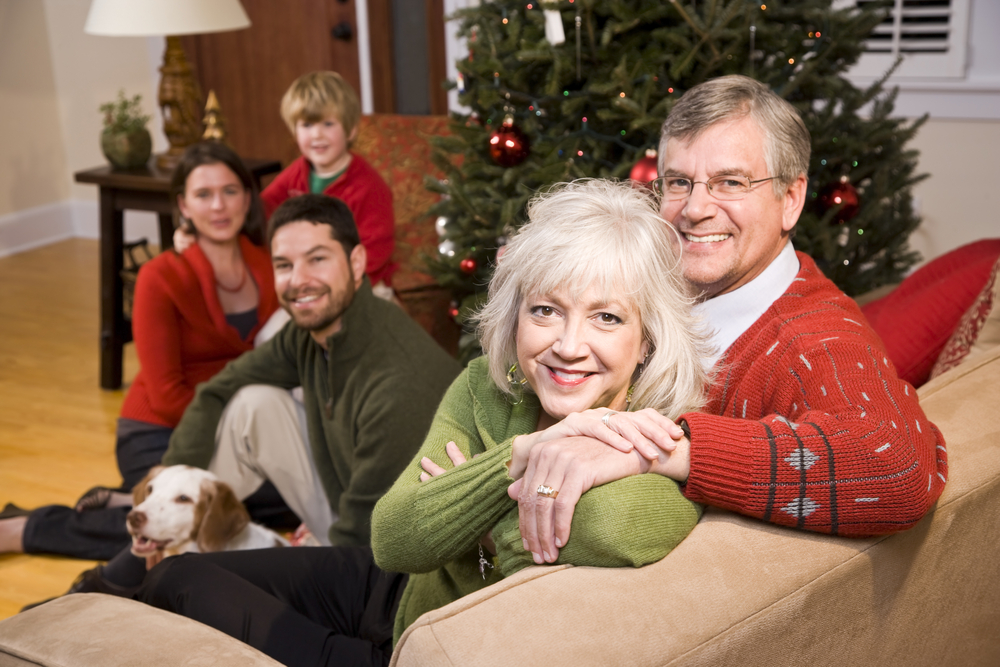
A couple relaxing with their family and celebrating a happy time in their lives with multiple generations – part of aging in place as we get older and add experiences along our life journey.
Focusing on what’s important
There are so many guidelines of both what is good practice for helping people remain in their homes safely and comfortably and what is considered to be poor form. However, we need to avoid the tendency of being rigid. After all, aging in place is about serving the individual needs and requirements of people in their own homes.
Rather than looking at a list of what not to do in the home, let’s look at what works better or what the client needs.
For instance, we talk about eliminating various features in a home that we identify as generally unsafe or impractical, but they may work sufficiently well for the occupant of that home – especially when there are other safety needs that are more pressing or when budgetary constraints are a factor. People may simply like those features or are accustomed to them even though we likely would not recommend their inclusion if we were starting fresh.
Unless it is an obvious safety issue such as someone tripping, stumbling, or falling from using something in their home the way that it is currently, we may want to help them in other areas of their home.
It is easy to tell people that it’s not wise to continue using something they currently have, that it is the wrong size, that it won’t continue to work for them (even though it has been), or that it generally is a poor design – all with good reason as far as we are concerned. However, it is their home and, ultimately, their decision.
Understanding the client
By asking questions, examining how they use their living space, and learning what is important for them to have and use in their home, we can make recommendations about what they have now and what might be an improvement for them. Some people are going to be interested in applying best practices, guidelines, and rules. Others just want their home to look pretty much as it does now.
Safety is a huge component in evaluating living spaces and in making recommendations, but we can’t change human behavior. People may choose to live in a setting that doesn’t seem ideal for us, but they are the ones living in it. No matter what we do to help them, they can still revert to their old ways and behavior.
Therefore, picking our battles is important.
Doing what we can to help
While we might see many areas where we could potentially use our help when we evaluate the clients, we need to play the role of consultant to evaluate and determine what we can do to help them enjoy a better, safer lifestyle in their home. We are interested in meeting their needs, not ours.
There are no absolutes when it comes to making recommendations. There are priorities that enhance safety. Often, a less expensive way of creating a similar outcome will need to be created or used.
Treating clients as friends will enable us to approach our work in a sociable, respectful way – and still achieve some of the outcomes we desire for them to have.
